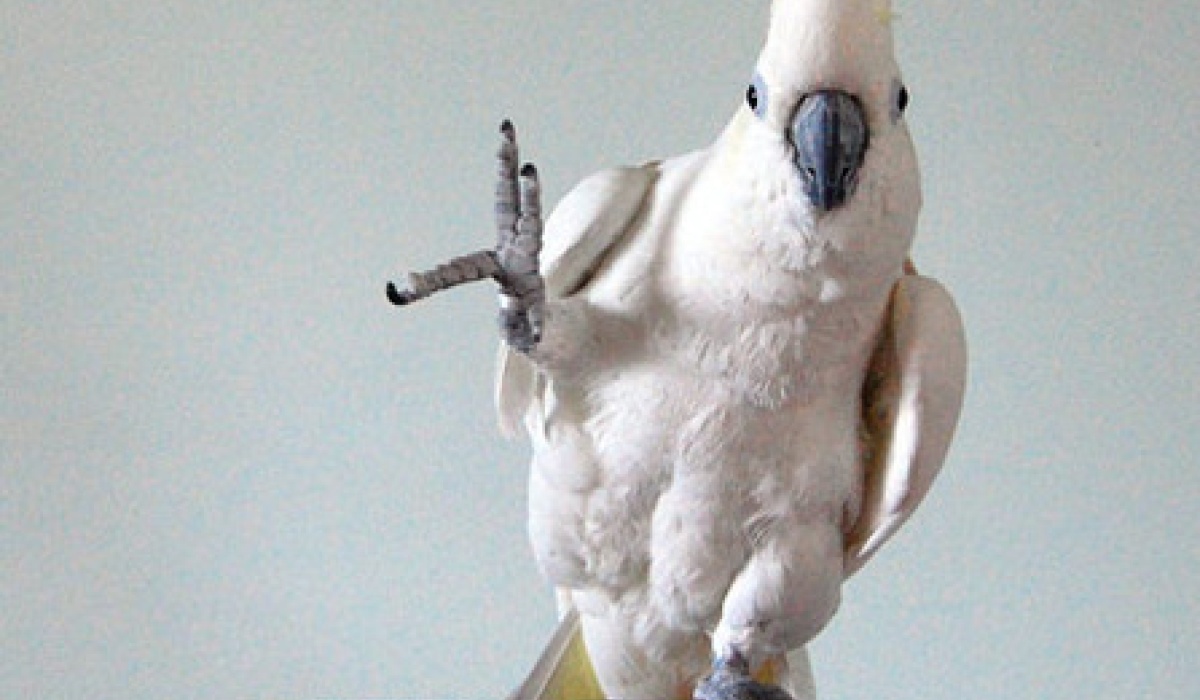
There is a sulfur-crested cuckatoo named Snowball. He likes to dance. His preferred song is Backstreet Boys' "Everybody". He became a star when a Youtube-Video appeared showing him getting down to the beat in 2007. This video has had more than five million hits till now:
Snowball also is dancing to other beats including Michael Jackson's, Queen's and Lady Gaga's a.o. You'll find dozens of videos of him on the net. And of course he has his own facebook site.
But one day a neuroscientist named Aniruddh D. Patel came across one of Snowball's video. He just had published his book Music, Language, and the Brain. He described this first view of the video: "My jaw hit the floor. If you saw a video of a dog reading a newspaper out loud, you’d be pretty impressed, right? To people in the music community, a cockatoo dancing to a beat was like that."
Snowball apparently was the first non-human animal ever documented moving to a synchronised beat. This was supposed to be, some said, a uniquely human behavior. Patel theorized that only certain types of brains can achieve musical beat perception and synchronization – those that are capable of complex vocal learning. According to that hypothesis, nonhuman primates, our closest relatives, are likely to be incapable of moving in time to music, while species that exhibit vocal learning – songbirds, parrots or dolphins, for instance – would be better candidates to display this type of synchronized movement.
Here you get a brief synopsis in the CBS Sunday Morning News Show:
If you want to read more about this stunning phenomenon:
http://www.nytimes.com/2010/06/01/science/01conv.html?src=mv&_r=0
http://www.utsandiego.com/uniontrib/20080814/news_1c14bird.html
http://news.sciencemag.org/sciencenow/2009/04/30-01.html
I think this is a good point of departure for the Metamusic project. Patel's theories are challenging. If he is right we instinctively have started working with the best partners: parrots and cuckatoos.
